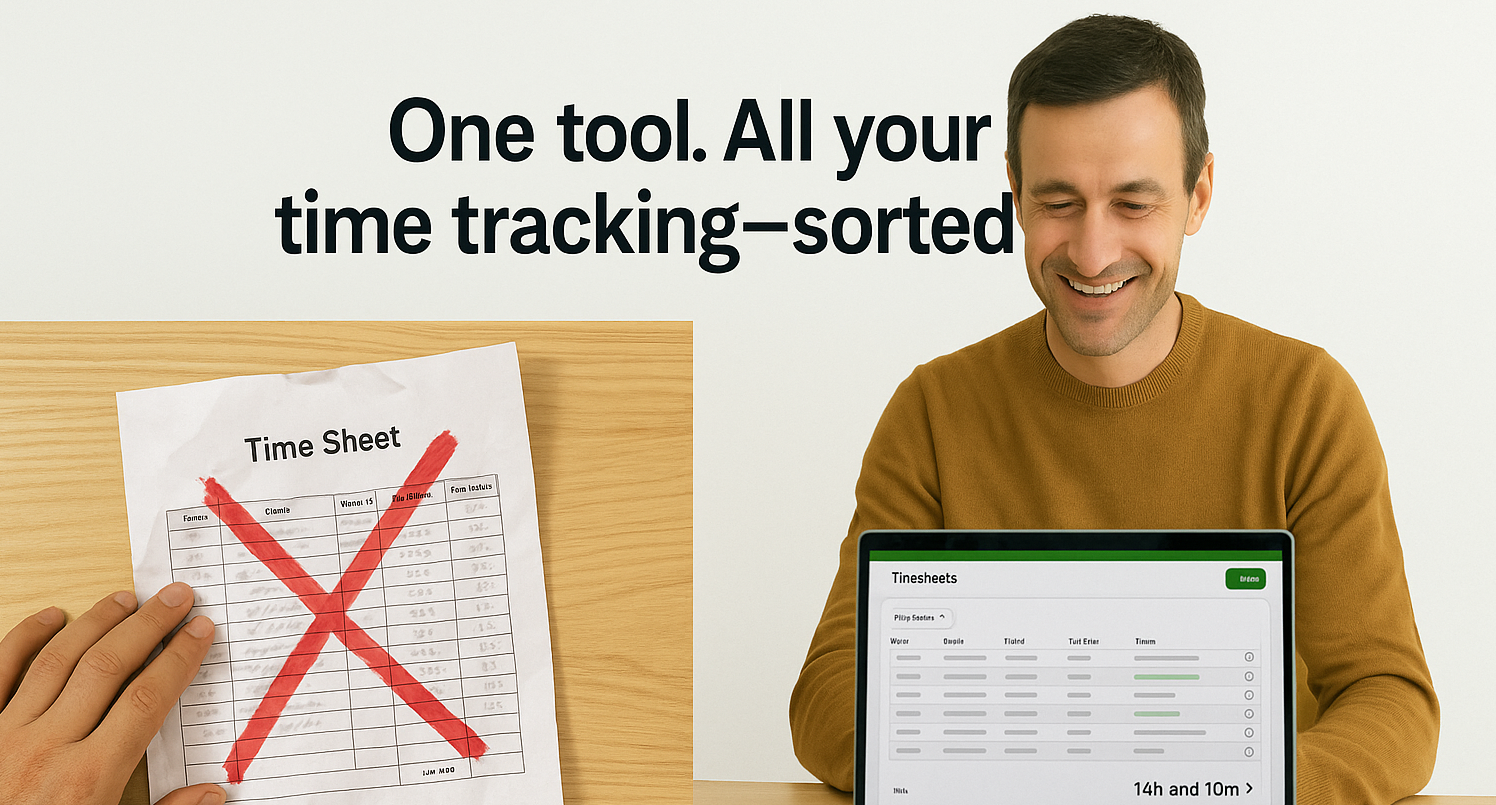Efficient handovers between RIBA stages are crucial for keeping architectural projects on track. Automating these transitions with standardised templates can tackle the usual issues like inconsistencies and delays.
Traditional methods often stumble due to miscommunication and errors. By using templates, teams can ensure a smoother progress. This systematic approach allows for better resource allocation and sharper project outcomes.
How templates facilitate efficient task completion
Templates streamline task completion by offering clear, structured guidelines for each RIBA stage. They cut down on repetitive work, allowing teams to focus on what truly matters—delivering quality projects on time.
By implementing templates, you ensure consistency across all projects. This uniformity means everyone knows exactly what needs doing and when, reducing confusion and miscommunication. It provides clear direction at each stage, making it easier to manage complex tasks.
Standardised templates also enhance efficiency. They save time by eliminating the need to reinvent the wheel for each project. Instead, teams can quickly adapt existing templates to meet specific project needs, ensuring they stay on track and meet deadlines.
Defining and understanding project requirements
Start by engaging all relevant stakeholders. Gather insights from team members, clients, and partners to form a comprehensive view. This collective input ensures that no critical detail is overlooked and that everyone’s expectations are aligned.
Documenting these requirements is the next step. Use standardised templates to capture all necessary details. Templates also reduce the risk of missing important information, ensuring nothing falls through the cracks.
Avoid assumptions by asking direct questions and seeking clarification where needed. This proactive approach helps identify potential issues early and allows for adjustments before they become problems. It’s about being thorough and precise in gathering information.
Preparing effectively for stage handovers
Good preparation helps RIBA stage transitions run smoothly. Balancing technical and business knowledge addresses both technical requirements and business needs. We offer tools to help manage this blend, ensuring every stage handover is well-prepared.
Data alignment matters. With our centralised document management, you can access important project documents easily. This prevents oversights and keeps everything ready for the next stage.
Use your resources wisely. Our customisable features let you tailor templates to fit each RIBA stage's specific requirements. This flexibility helps teams adapt to changes or uncertainties.
Preparation means engaging all relevant stakeholders early. Document their requirements using standardised templates for clear communication and project alignment.
Enhancing communication through automation
With WorkflowMax’s customizable features, you can tailor templates to fit your specific project needs. This flexibility ensures all critical details are covered, reducing the chance of errors and miscommunication.
Standardised documentation helps define roles and responsibilities clearly. Each team member knows what is expected, which boosts accountability and team cohesion. It’s about creating an environment where collaboration thrives.
Adapting templates to address uncertainty
Projects change, so flexibility matters. Customising templates helps manage changes and uncertainties while keeping your workflow consistent.
Templates maintain order even when circumstances shift. They provide structure that adjusts to evolving project needs, keeping projects on track and preventing disruptions.
You can anticipate challenges by using templates designed to address common obstacles. This makes transitions between RIBA stages smoother with fewer disruptions. Teams adapt quickly to new demands without sacrificing quality or consistency.
Centralised document management ensures all updates and changes remain accessible to everyone. Our comprehensive job management system further streamlines access to all project data. This keeps your team informed and reduces miscommunication.




